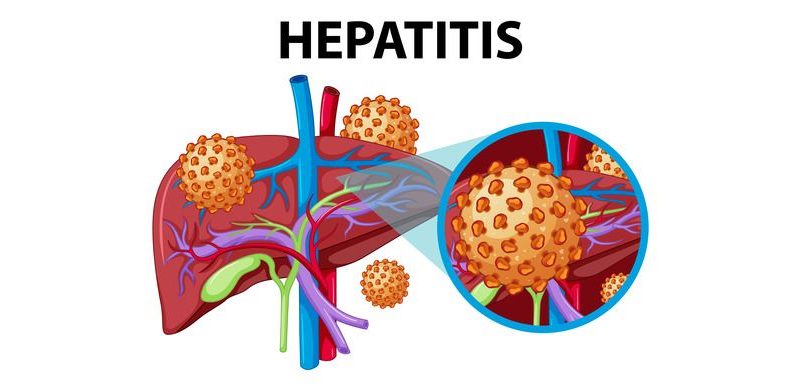Breast augmentation surgery is one of the most popular cosmetic procedures, and with the right post operative care, most patients enjoy excellent results with little visible surgery scarring. If you are thinking about breast augmentation surgery—or you have already had it—it is important to know that scars are part of the healing process.
First Things First: Yes, Scars Are Totally Normal
Surgery scarring happens any time the skin is cut, and it is your body’s natural way of repairing itself. While breast augmentation scarring can feel intimidating, with proper healing and consistent scar care, most women end up with minimal scarring that fades beautifully over time.
The good news? There are steps you can take from the very first day after breast implant surgery that promote optimal healing, prevent infection, and keep scars as discreet as possible.
What Do Breast Augmentation Scars Usually Look Like?
Scars after breast augmentation surgery vary depending on the incision type, your skin tone, and how your body naturally heals. In most cases, scars appear as thin, pink or red lines along the breast crease (inframammary incision) or around the areola (periareolar incision).
At first, they may look raised, firm, or darker in color. Over time, with proper post-operative care, they usually soften, flatten, and fade into a lighter shade. The entire healing process can take several months to over a year to be fully healed. What matters most is consistency and patience—scar healing does not happen overnight.
5 Steps to Minimize Scars after Breast Surgery (From Day 1 to Fully Healed)
1. Follow Your Surgeon’s Instructions Like a Healing Pro
Your plastic surgery team knows your procedure best. Following their advice is the single most important step for proper healing. This may include when to change bandages, how often to clean the area, and which scar treatments to start. Skipping instructions can increase the risk of poor scar healing or even infection, so think of their guidance as your personalized scar-care manual.
2. Avoid Heavy Lifting, Straining, or Stretching Your Skin
In the weeks after surgery, your body is focused on scar healing and tissue repair. Heavy lifting, vigorous exercise, or sudden arm movements can stretch the incisions and widen scars. Avoid lifting more than 5–10 pounds and listen to your surgeon about when it is safe to return to the gym or resume full activities. Protecting the incisions early supports long-term, minimal scarring.
3. Keep the Area Moisturized (but Not Soaked)
Moisture helps scars heal by preventing them from drying out and cracking. Use gentle, fragrance-free ointments or creams as recommended by your surgeon. A light layer keeps skin hydrated and supple, supporting optimal healing. But be careful: soaking in baths or pools too soon can increase your risk of infection. When in doubt, ask your provider how many times a day you should apply moisturizer or perform scar care.
4. Protect Your Scars from the Sun (Always)
UV rays can permanently darken fresh scars. Even after you feel fully healed, new scar tissue is very sensitive to sunlight. Always cover the area with clothing or apply a broad-spectrum SPF 30+ sunscreen. Make it a daily habit—especially if you enjoy outdoor activities. Long-term sun protection is one of the best scar treatments for keeping lines flat, light, and less noticeable.
5. Be Consistent (Even When You Are Tired of Healing)
It is normal to feel impatient with the healing process, especially months after surgery when you just want to enjoy your results. But scar care requires consistency. Gently massage your scars as instructed, apply creams or silicone sheets regularly, and stick to your post operative care plan. Think of it like brushing your teeth: small, daily efforts create long-lasting results.
What If My Scars Aren Not Healing Well?
Sometimes, even with proper care, scars do not heal the way we hope. Signs of concern may include:
- Thick, raised scars (hypertrophic scars or keloids)
- Scars that stay red, dark, or itchy for months
- Wounds that reopen or show signs of infection
If you notice these changes, schedule a follow-up visit with your surgeon. Options like medical scar treatments (silicone sheets, steroid injections, or laser therapy) may help. The sooner you address concerns, the better your chance of achieving optimal healing and minimal scarring.
Scheduling a Consultation
If you are preparing for breast augmentation surgery—or dealing with scars after a recent procedure—the best next step is a consultation with a board-certified plastic surgeon. During your appointment, you will review your medical history, discuss the healing process, and get personalized scar care tips to ensure proper healing.
A qualified surgeon will guide you on:
- How to prevent infection during early post-surgery recovery
- When it is safe to resume daily activities and avoid heavy lifting
- Which scar treatments or products best support optimal healing
- How often and how many times a day you should gently massage your scars
- What to expect as scars fade from noticeable lines into minimal scarring
Remember, scars are a normal part of healing—and with consistent care, they can fade to nearly invisible reminders of your journey.

